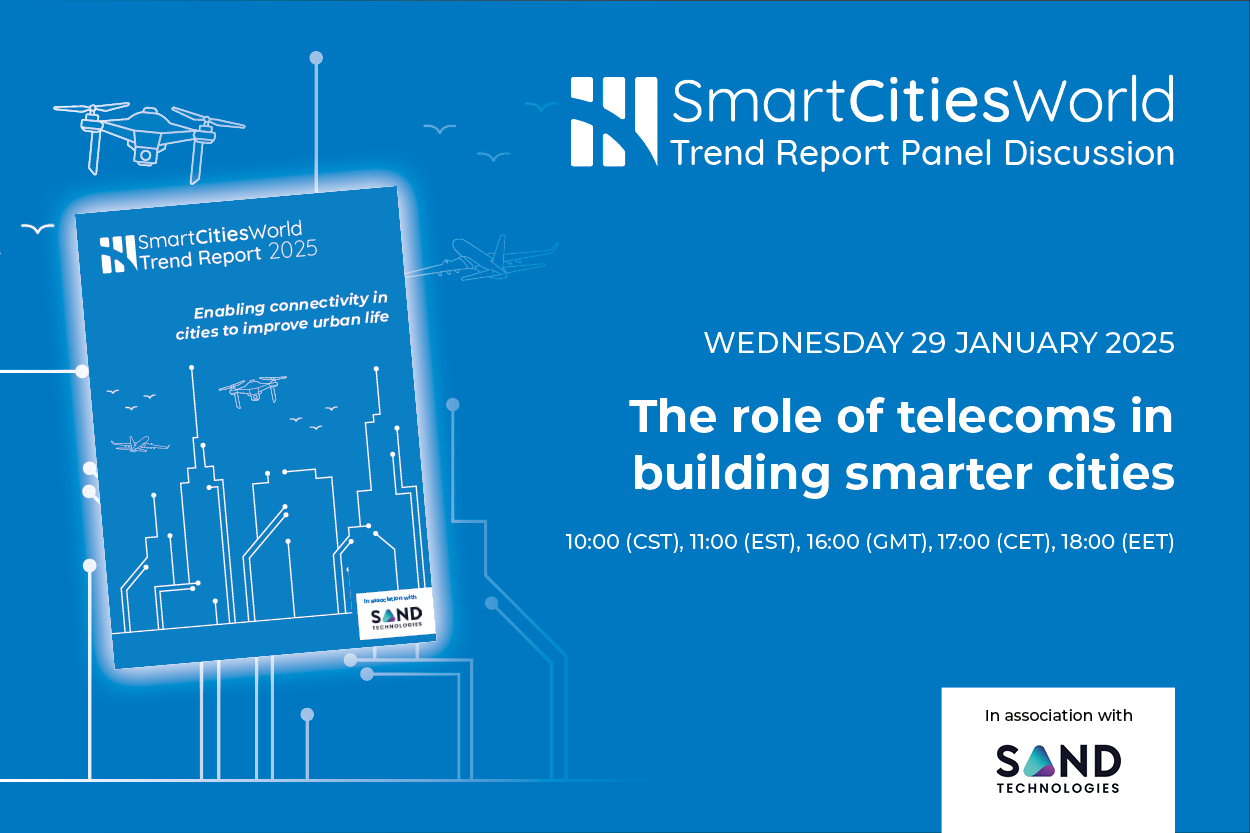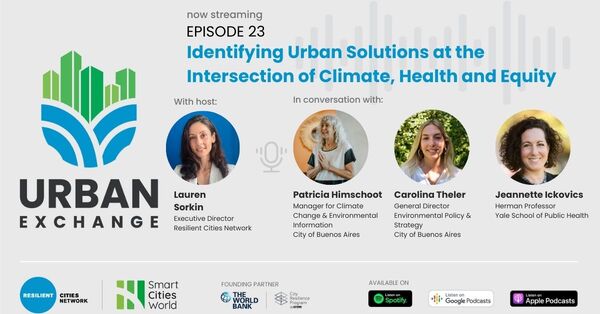Special Reports
SusHi Tech Tokyo 2024: experience ‘Tokyo 2050’ todaySponsored by The SusHi Tech Tokyo 2024 Showcase Program Executive Committee
Cities first: How to end the shared mobility ‘tug of war’
Scott Shepard, Chief Commercial Officer, Free2Move, highlights lessons learned in Europe and North America about how to succeed with shared mobility so that cities can leverage the best from mobility innovations and investments.

As cities grapple with the influx of shared and micromobility providers, it’s increasingly clear that the public and private sectors are not speaking the same language on these matters. To ensure equitable access to mobility options, protect public safety, optimise existing infrastructure and connect to public transport and mobility hubs, the only way forward is to take a collaborative approach.
2018 was an interesting year, to say the least, in the world of shared and micromobility. From the first Bird scooters hitting the boardwalk in Santa Monica, California to dockless e-bikes and everything in between, witnessing this transformation in personal and shared mobility was a phenomenon in and of itself.
2018 was an interesting year, to say the least, in the world of shared and micromobility.
The rapid pace and sustained effort to launch early in target cities and geographical markets did not leave much time to analyse, strategise or reflect on the impact that such schemes would have on the complex urban fabric. The ethos to ‘move fast and break things’ was taken to a whole new level, reaching an apex in 2018.
While this transformation indeed pushes the envelope and disrupts existing markets and behaviours, it is time now to stand back and take stock.
LA sets the standard
Up until recently, many major mobility providers either did not communicate directly with cities and public transport agencies or did so only minimally. Following the launch of the Los Angeles Mobility Data Specification (MDS) in late 2018, cities began to adopt this open-source standard and establish an open communication channel on the location and distribution of mobility assets (primarily scooters).
However, there has been major push-back to the MDS specification from certain large-scale mobility providers, which has garnered support from legal advocacy groups in California, claiming a violation of consumer privacy and personally identifiable information (PII).
Although the data shared back to the city is anonymised, privacy concerns are still valid but shouldn’t shut down the debate or the aims of the MDS, which are to “improve cooperation, innovation and the efficiency of the City’s transportation network”.
The aims of LA’s MDS are to improve cooperation, innovation and the efficiency of the City’s transportation network.
Furthermore, legislation is being considered in California which would effectively block aspects of city or state control concerning shared and micromobility, including requirements for data to be provided back to cities.
Finding a way ahead
While we have seen a ’tug of war’ unfold and intensify recently, it doesn’t have to be this way and signs of progress are promising.
Cities are starting to take a more proactive approach to issuing permits for mobility providers by requiring data to be shared in a common format that could be used for oversight, regulation and public safety.
With the recent formation of the Open Mobility Foundation, cities have taken a further step towards developing a network of like-minded agencies that can collectively set further standardisation and outcomes for existing and new market entrants.
The challenge now is to bridge the public-private sector gap, take lessons learned and coordinate data specifications, standardisation and legislation in an open, transparent fashion so both the public and private sectors can work towards shared outcomes and goals.
Pioneers in action
There are promising initiatives elsewhere, too. In Germany, a detailed Ordinance on the Participation of Small Electric Vehicles in Road Traffic details the regulations and purpose for shared micromobility at a national level.
This can be used as a guiding principle for regional and local municipalities to enact consistent regulations which enable providers to best position their offer from a commercial, technical and legal perspective. The clarity of this document leaves space for the shared mobility ecosystem to bear fruit and establish a sustainable framework for scale.
From the operator perspective, a great example to follow is Swedish-based VOI Scooters. They take an approach that clearly recognises the role of partnerships, as a basic cost of doing business. As Chief Marketing Officer, Carro Hjelm, puts it: “We believe in collaboration. We want to stay true to our Scandinavian value. And we want to be an integral part of the public transport systems in the cities where we operate.”
We can, and must, do better in the shared mobility ecosystem than we have so far.
Finally, according to Francois-joseph Van Audenhove, Partner with Arthur D. Little, cities have the opportunity to find and implement a middle ground with regards to the adoption of e-scooters and micromobility. Essentially, the right balance needs to be found between “framing” and “enabling” new offers and providers — including regulation, fees, pricing, insurance, geofencing and monitoring.
The takeaways from these examples are that collaboration can be achieved. Best practices include:
- Establish a level playing field so mobility providers know how to operationalise their investments
- Adopt a common data specification framework (such as MDS or others) that can be easily used by cities and providers to establish better communication channels
- Develop and utilise policy frameworks and guidelines to articulate the best placement and utilisation of shared mobility assets
- Co-ordinate performance measures with desired end-state outcomes to incentivise operators to deliver better results to cities
- Streamline municipal permitting and approval of new market entrants, based upon fair, competitive and equitable business practices
- Promote common public mobility-as-a-service (MaaS) platforms, orchestrated by cities and public transport agencies, to best coordinate shared mobility providers and ensure last-mile connectivity
Now that we have best practices in place across multiple locations, it’s a good time to re-assess how shared and micromobility can best be adopted and framed within existing urban infrastructure and public transport.
While data is the catalyst for the public-private battles currently being fought, it doesn’t have to be this way. There are tools in place that can ensure a win-win for all stakeholders and demonstrate the sustainability for shared mobility in the long term.
We can, and must, do better in the shared mobility ecosystem than we have so far.
A more sustainable approach to integrating the best of innovations will only benefit all stakeholders involved (consumers, investors, governments operators, etc.).
Now is the time to demand better outcomes. Otherwise, this will be a missed opportunity to transform our cities and reduce single-car ownership dependency significantly.
You might also like:
- Where does micro-mobility have most potential?
- The near future of urban mobility
- How technology will shape transportation in smart cities

















